If you ever find yourself stranded and in need of something to eat, there are a number of edible wild plants that are nutritious and sustaining. These wild plants can provide you with the energy and sustenance required to survive in the wild. This article will discuss 10 common and easy to recognize edible wild plants that can be found through North America.
Wild Plant Safety
Anytime you are going on a trip into the great outdoors, you should pack a survival kit. In that survival kit, you should strongly consider adding a book on the local plants. Many of these books will walk you through how to properly identify the plant as well as point out plants that resemble it and could be toxic if eaten. It is a good idea to learn about the wild plants in your local area and how to properly identify them before attempting to forage and eat them.
Properly identifying a wild plant before consumption can be the difference between life and death. There are many poisonous plants that resemble edible plants, having only subtle differences. That being said, and while mushrooms are not a part of this article, never eat any kind of mushroom if you are not 100% sure of its identification.
Whenever you are foraging for edible wild plants, there are a few key characteristics that should be avoided if you are unfamiliar with the plant in question. In uncertain circumstances, you should avoid a wild plant if it has:
- Pods with beans, bulbs, or seeds
- Foliage similar to dill, carrots, parsnips, or parsley
- Woody parts and leaves that have an “almond-like” scent
- Discolored or milky sap
- Soapy or bitter taste
- Leaves with a three-leaved pattern
- Grain heads with spurs that are purple, pink, or black
- Thorns, spins, or fine hairs
The following are ten common and easy to identify edible wild plants.
Dandelion
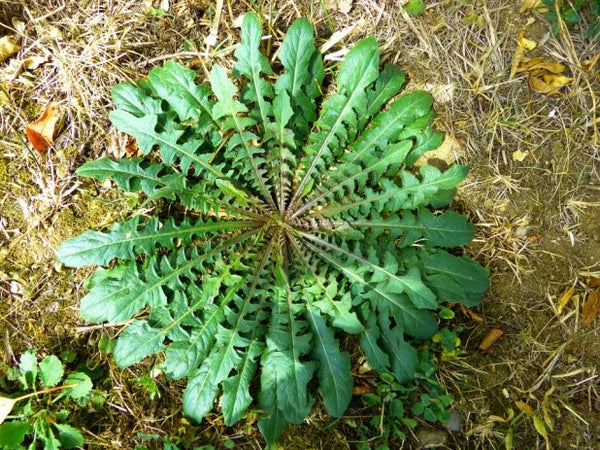
Dandelion is one of the most recognizable plants there is, growing in nearly every climate in North America. Like clover, dandelion can be found even under the snow. They can even produce a flower during a warm snap in the middle of winter. All parts of the plant, including the roots, can be eaten raw. You can also boil them which will make them less bitter. Roots can be roasted over a fire and all parts of the plant, including the flower, can be used to make tea.
Dandelion is one of the most nutritious of plants that you can find in the wild, containing a high amount of vitamin C, vitamin A, carotene, vitamin K, potassium, and calcium. Dandelions are also high in fiber which can help you stay full longer.
Chicory

Chicory is similar in appearance to the dandelion, but has some obvious differences. Like the dandelion, chicory can have a milky sap when you cut the leaves and they will likely have a fuzzy midrib on the underside. Chicory, however, will have tall, almost woody-like, flower stocks from the year before that can reach over four feet.
Chicory grows in all parts of North America and is commonly seed along roadside in the spring with its pale blue to purple blossoms. All parts of chicory are edible, although young tender leaves are the best eaten raw. Boiling them can reduce their bitterness and increase their sweetness, much like bitter greens from the market.
You can easily find chicory in the winter time by looking for its dried flower stalks. Many times there will be young tender growth, even under the snow. Roots can be roasted, much like those of the dandelion. Chicory can also be mixed with the dandelion for a nutrient packed meal.
Plantain
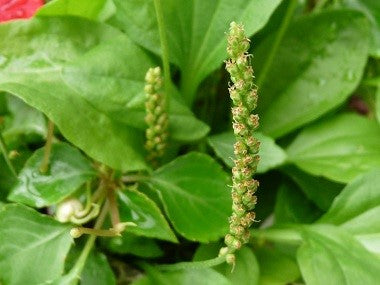
Commonly found in meadows, plantain can be found throughout most of North America. Plantain is very recognizable with its wide oval and ribbed leaves. While all parts of plantain can be eaten raw, it is best eaten boiled. The seeds can also be eaten raw or cooked. Plantain has a similar in nutritional content to the dandelion being high in iron and other vitamins and minerals.
Amaranth
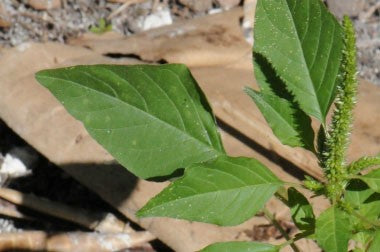
Commonly known as pig weed in North America, amaranth is a staple of Indian and African diets. Amaranth is highly nutritious being packed with folic acid, protein, minerals, and vitamins. Tender leaves can be eaten raw or boiled into a soup. Seeds can be eaten raw or roasted and can also be ground into flour. Pigweed is one of the first to sprout in the spring and can be found throughout all of North America.
Purslane
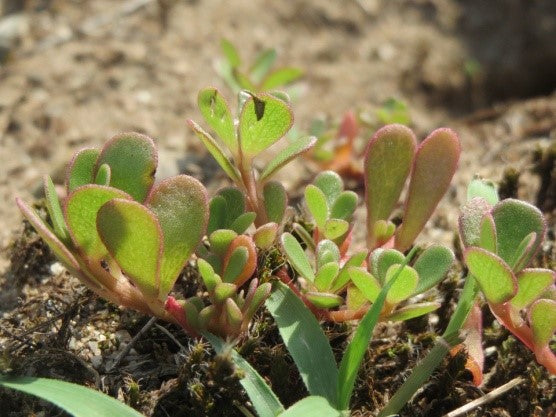
This low growing succulent-like plant is commonly thought of as a weed. But this inconspicuous plant is pack with nutrition, can thrive in poor soils, and is widely available from summer to fall. It is important to properly identify this plant before consumption as it can be confused with the toxic “hairy-stemmed purge”.
Purslane can be eaten raw or boiled with other herbs. It is rich in omega-3 fatty acids and is naturally antibacterial. Purslane can be found growing in a wide range of habitats from extremely dry plains to meadows and foothills.
Wood Sorrel
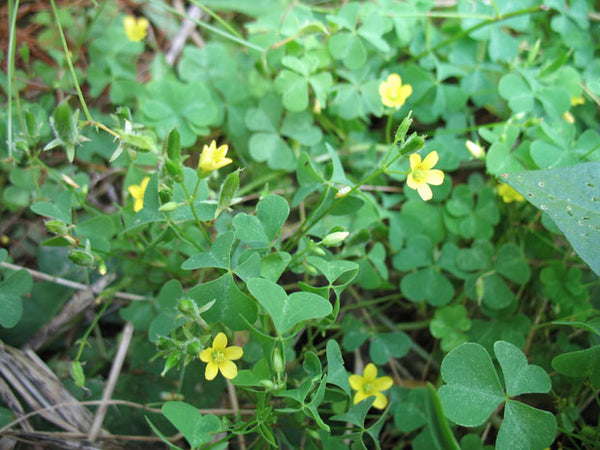
Wood sorrel is typically found in moist soil in partial shade. It is prevalent on forest floors, growing near wild violets, cleavers, and wild onions. Wood sorrel is very refreshing to eat with a mild flavor that somewhat resembles citrus. All parts of the plant can be eaten raw, mixed with other wild plants, boiled, or made into a tea.
Asparagus
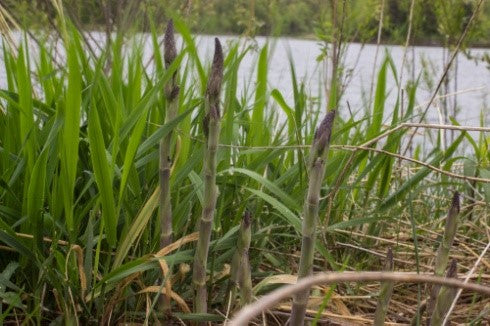
Wild asparagus can commonly be found near water sources and low lying areas. Asparagus stands can easily be identified by the previous years dried stalks. Wild asparagus is best eaten raw when it is still tender, before it has started to branch out.
Clover

Clover is a common plant found throughout much of North America. It is easy to spot with its trefoil leaflets, low growth habit, and tendency to grow in large patches in low lying and grassy areas. Clover can have either white or pink flowers, and completely green leaves or green leaves with white accents.
All parts of the clover plant are edible, although the younger shoots and flowers are the tastiest. They can be eaten raw, boiled, or made into a soothing tea. Older flowers and foliage can be on the bitter side. Clover can provide a good source of protein, which is essential in any survival situation. Clover also provides a variety of minerals such as sodium, potassium, and calcium.
Clover can be found in all seasons of the year. Even when the ground is snow covered, you can find these tender greens. Many times deer and other herbivores will seek it out and can be seen hoofing the snow away from the ground.
Burdock
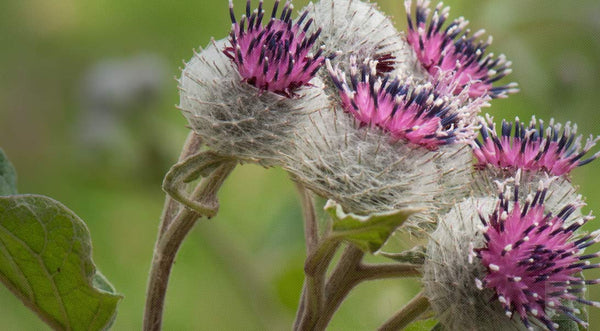
Burdock is another common plant found throughout North America and commonly thought of as a weed. Burdock was actually an ingredient in the original root beer. It is a biannual and is easy to identify with its tall structure and perfectly round dark purple flowers. The roots are the most common part of the plant that is eaten. They are high in fiber and typically boiled or roasted before eaten. Burdock has natural antibacterial and anti-fungal properties as well.
Cattails
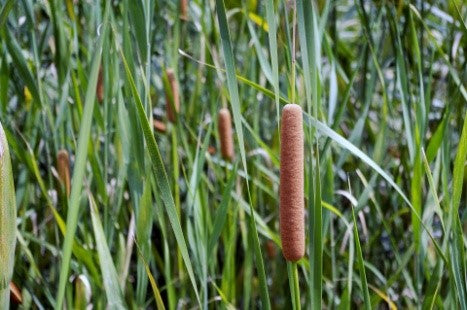
Cattails are probably the last thing you would think of eating, but if you find cattails you have found everything you need to survive: food, water, and shelter. Cattails are one of those plants that everyone can spot, making for an easy find if you are in the right area. They are found in low lying areas where water collects as well as around the edges of water bodies. The green tops and stalk bases are the most commonly eaten part of the plant, typically being boiled or grilled. They are high in vitamin A and C as well as fiber.

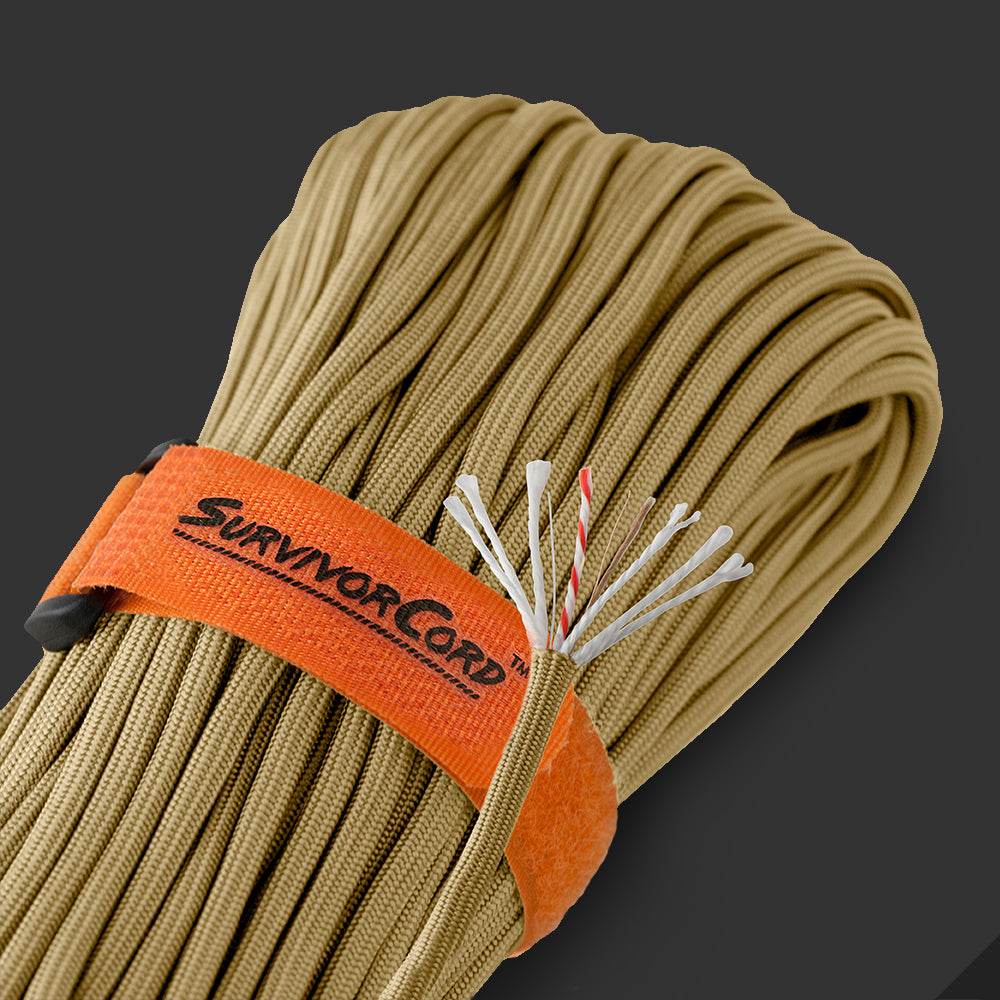

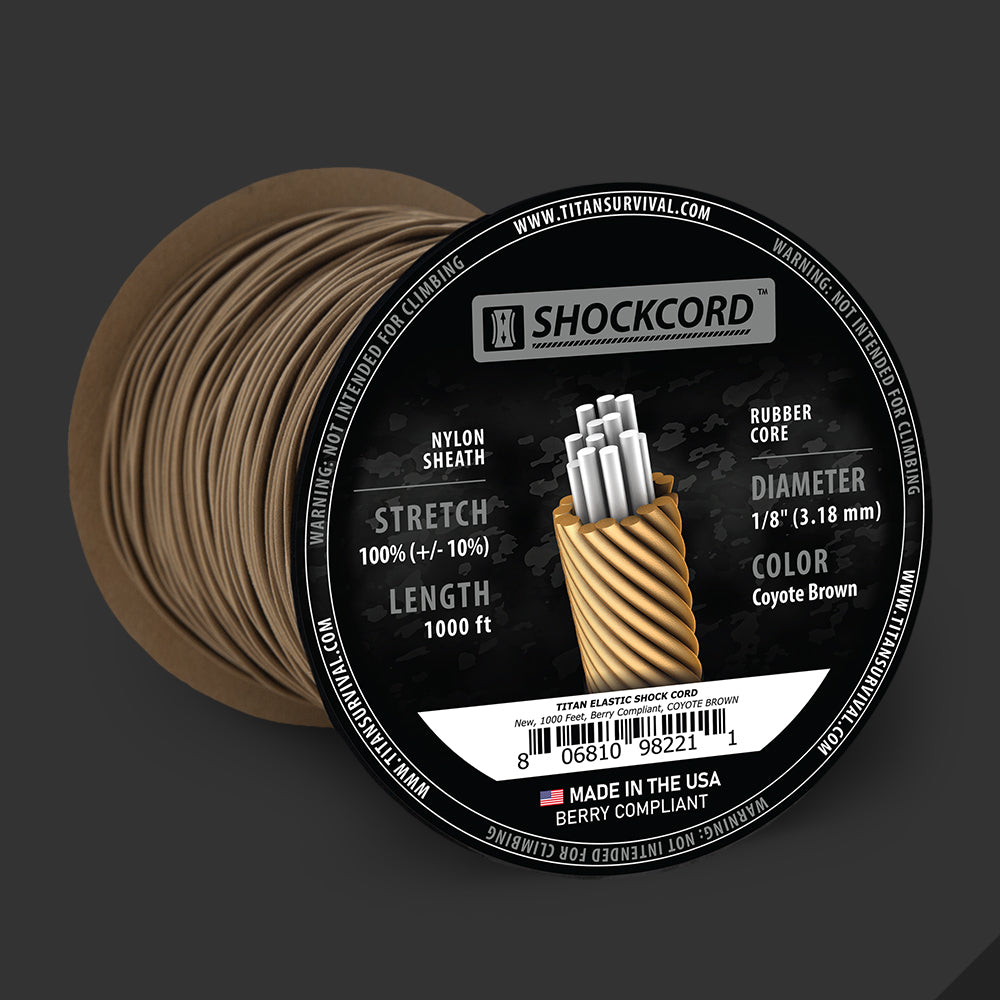
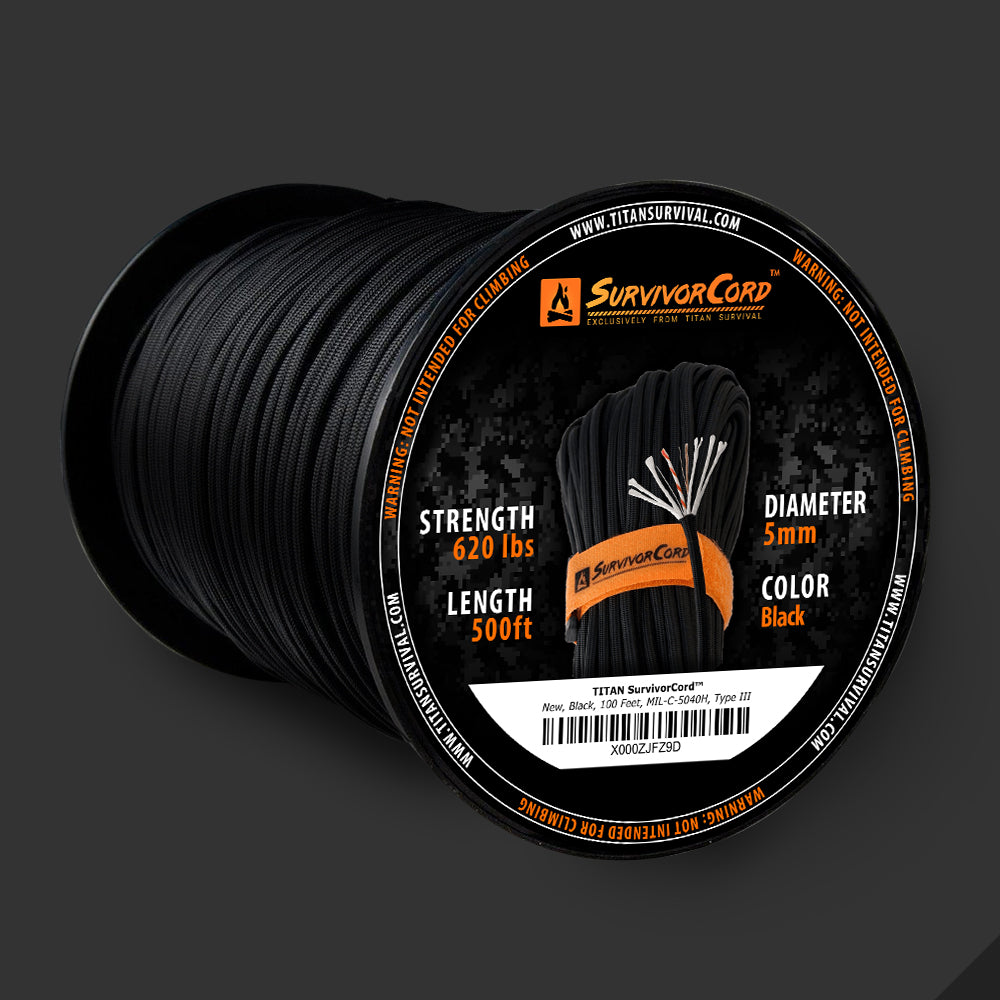



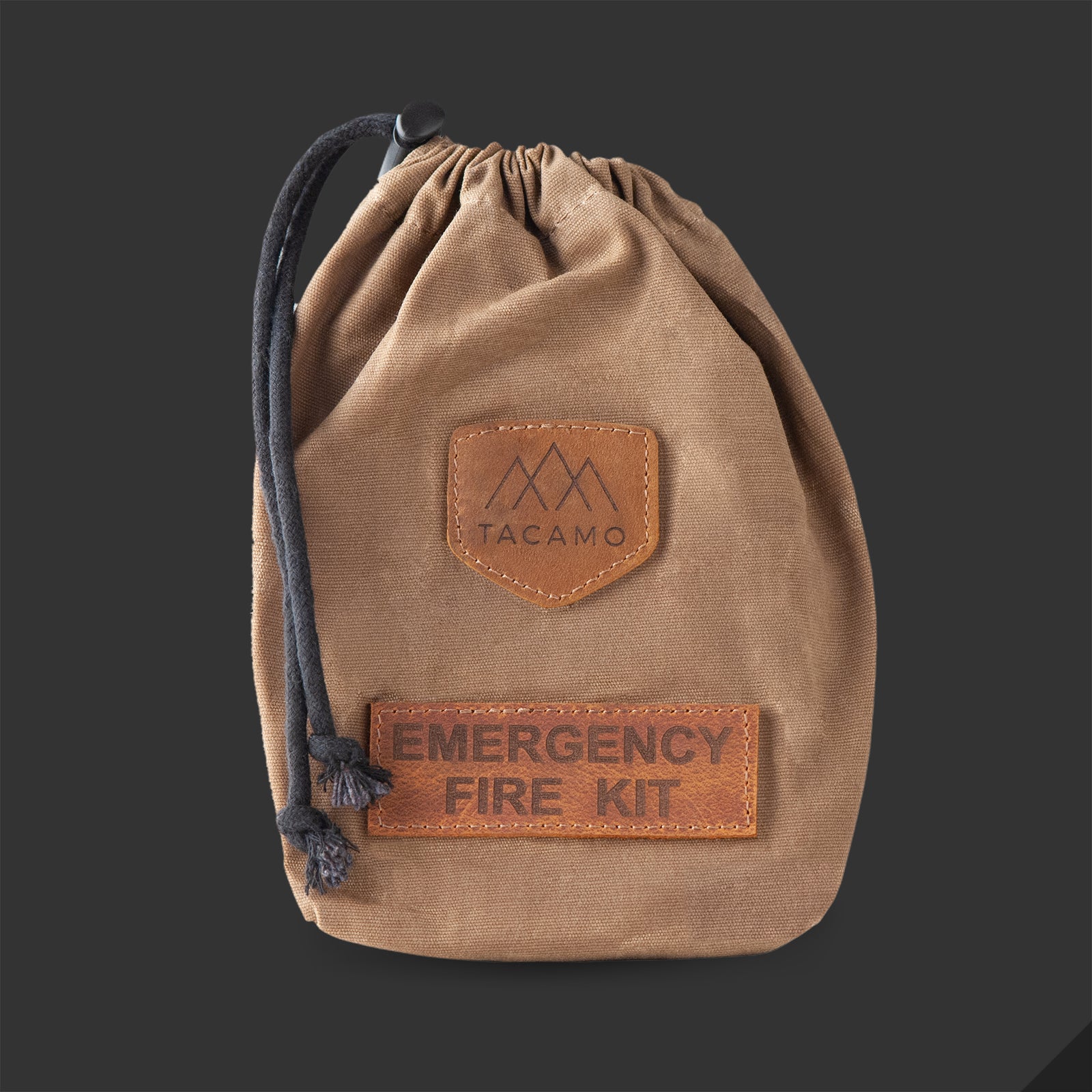
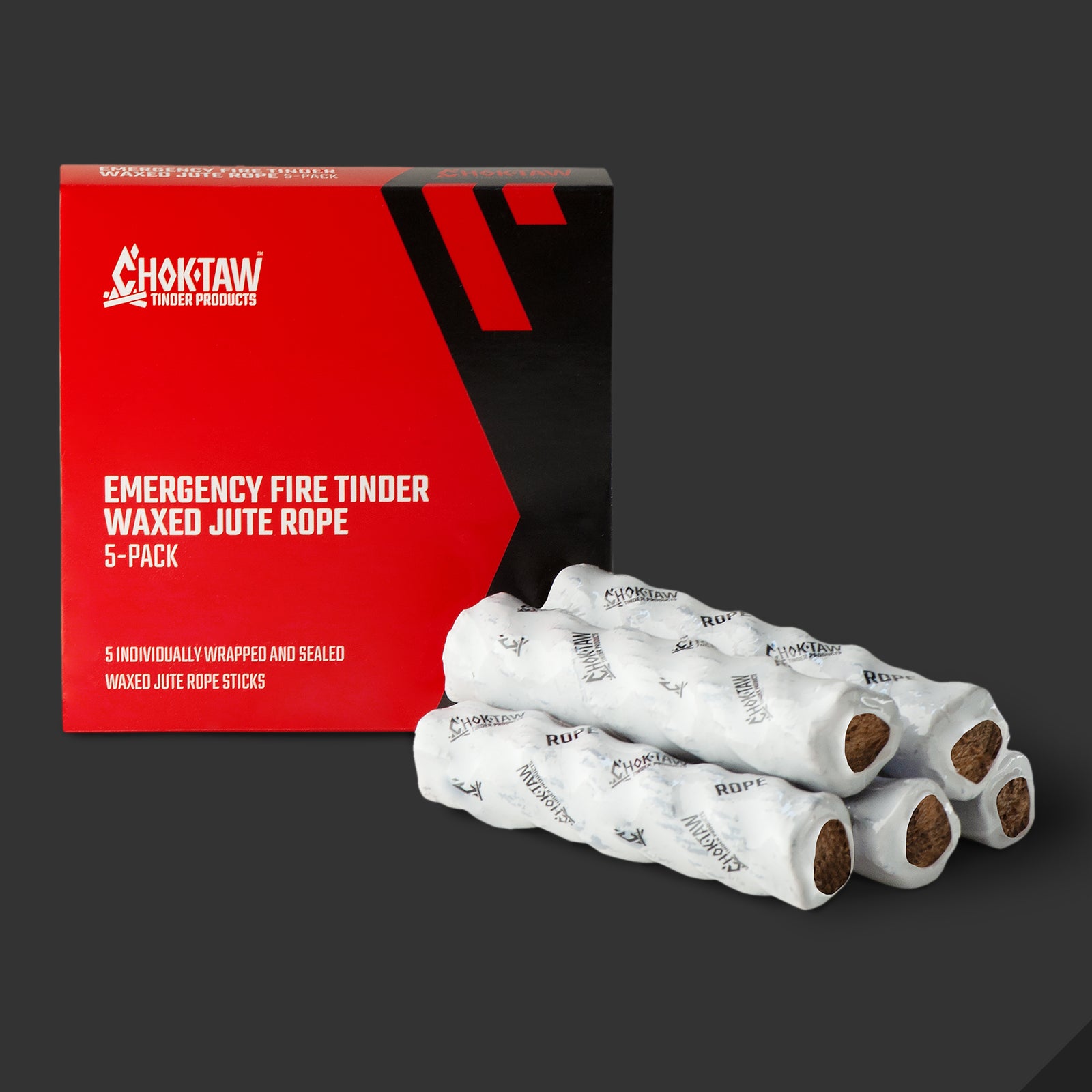
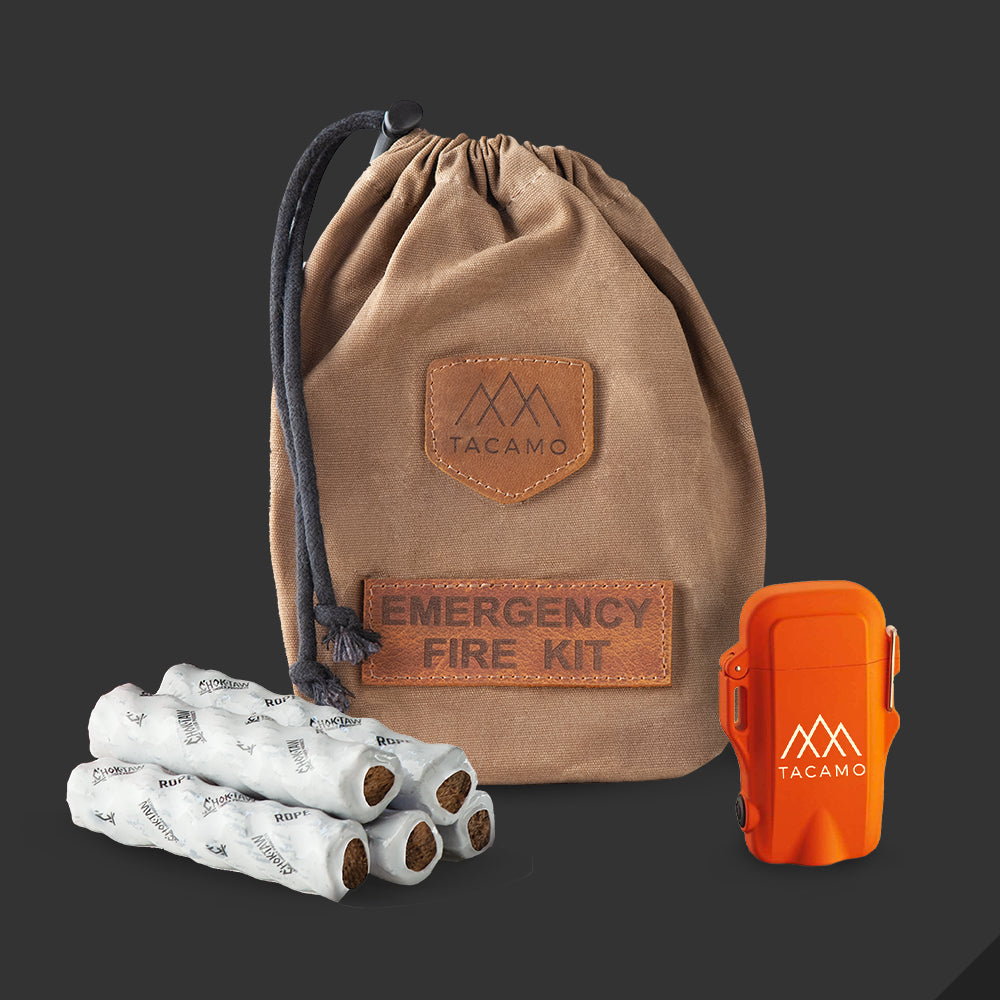
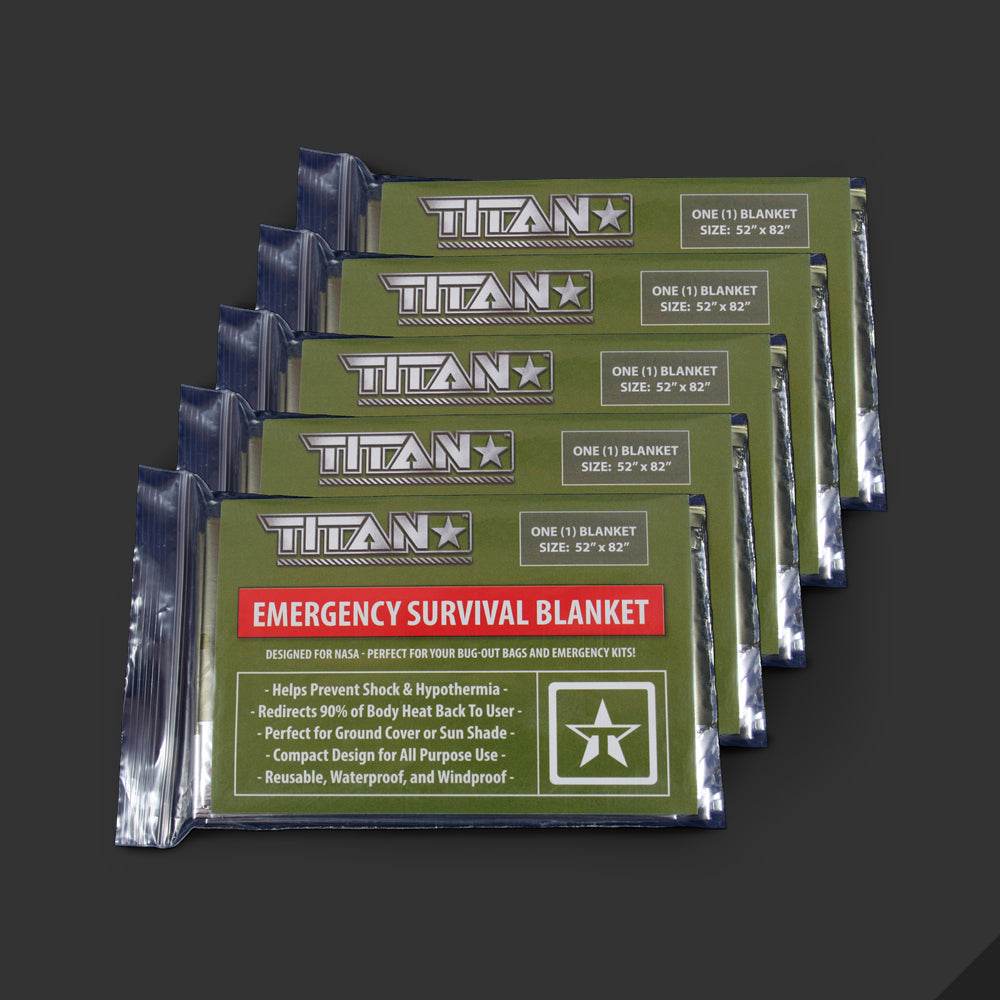

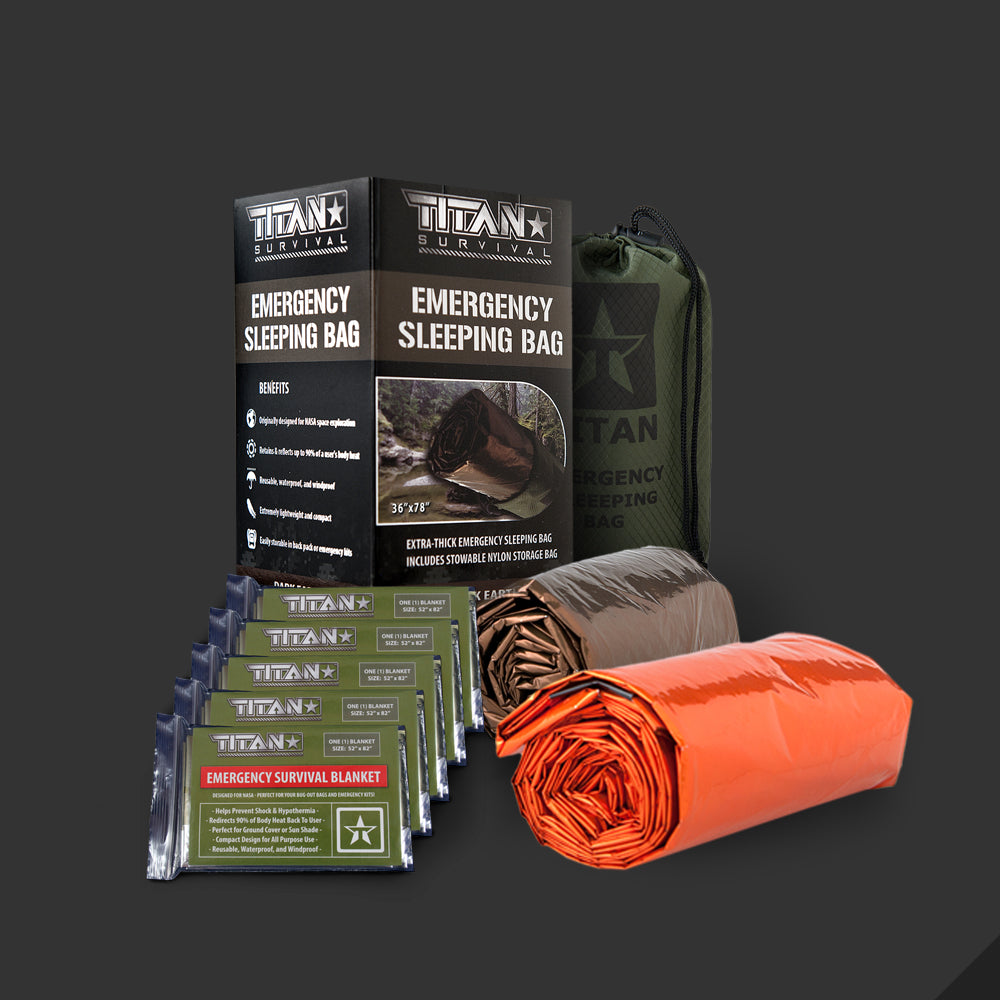
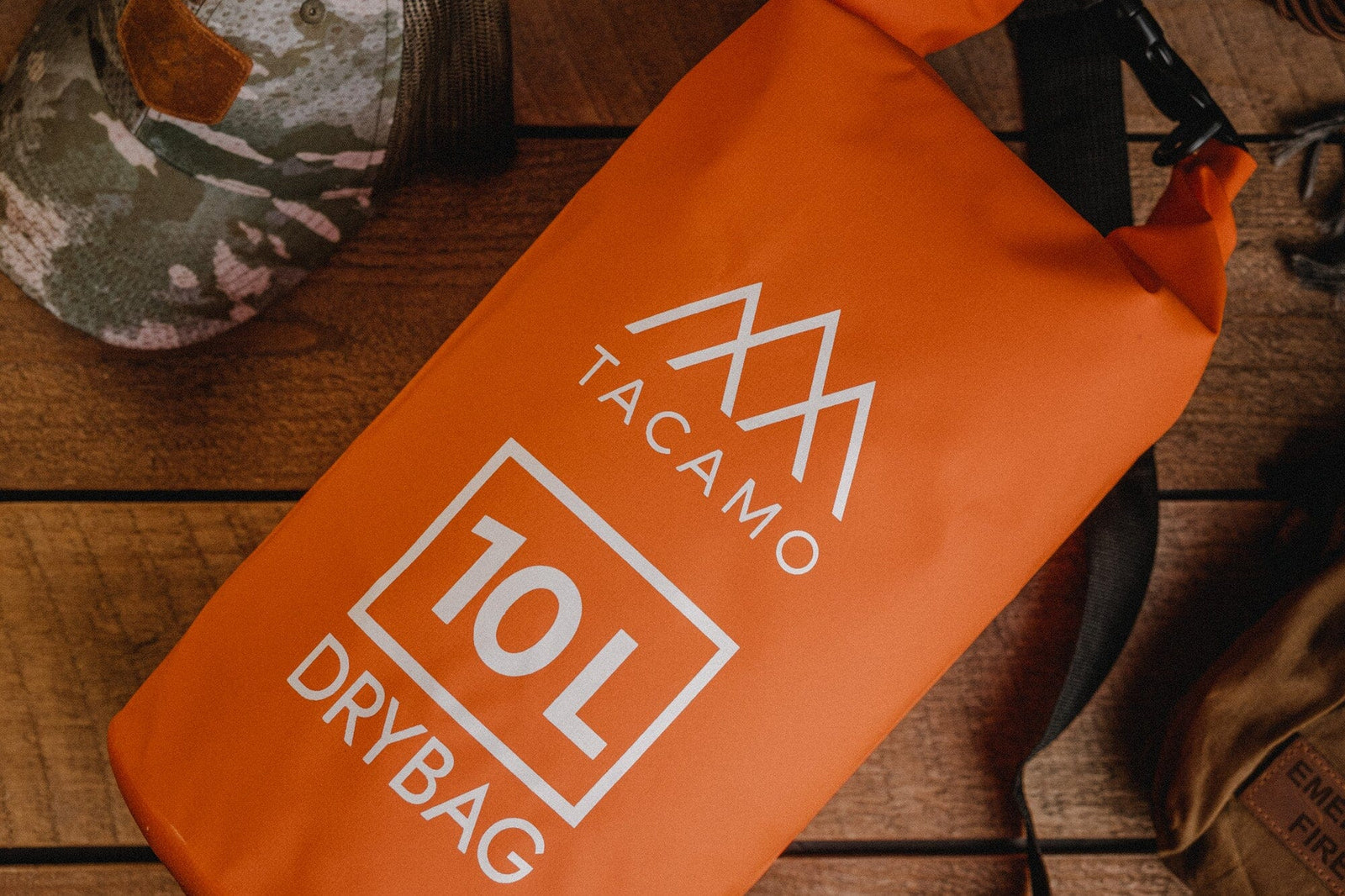
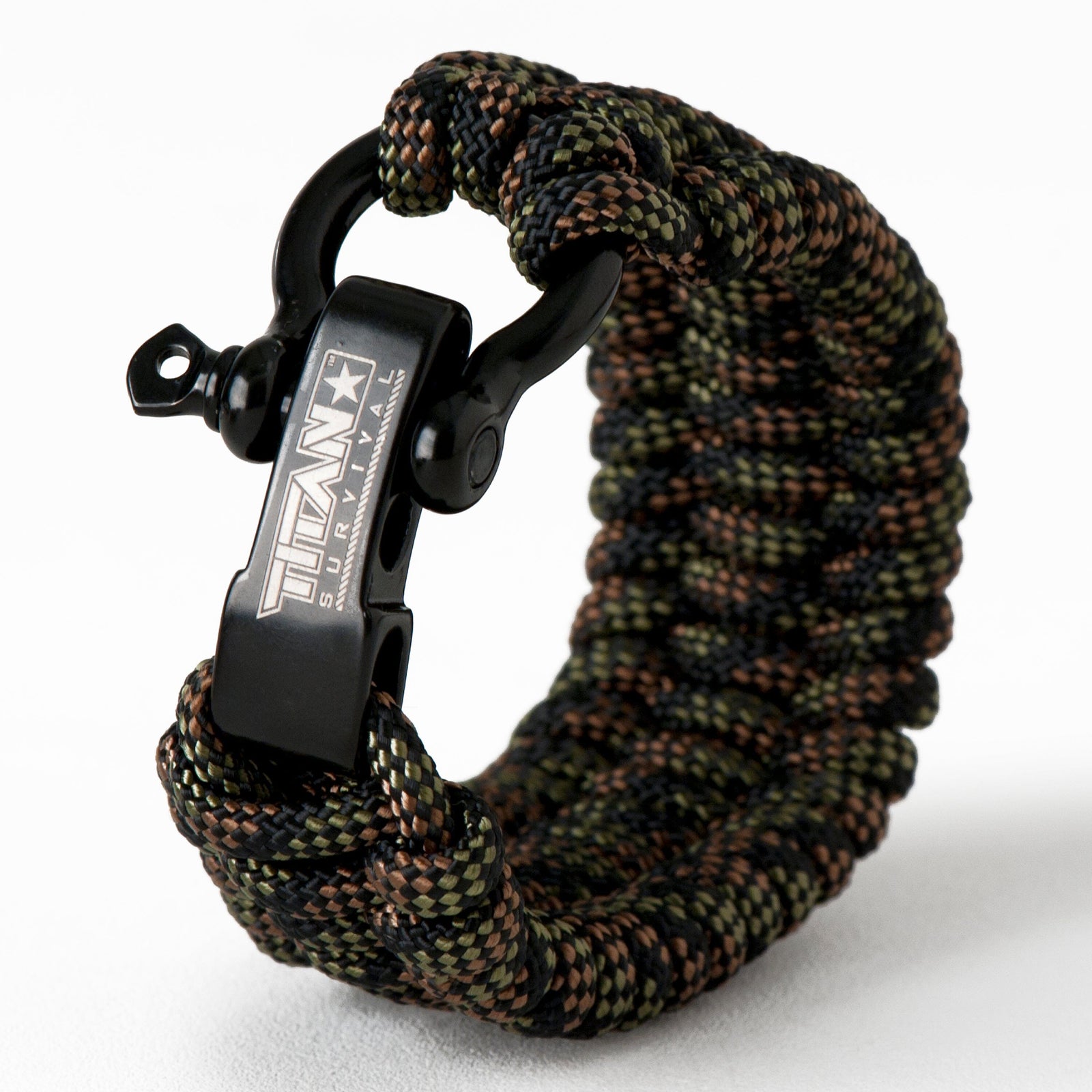
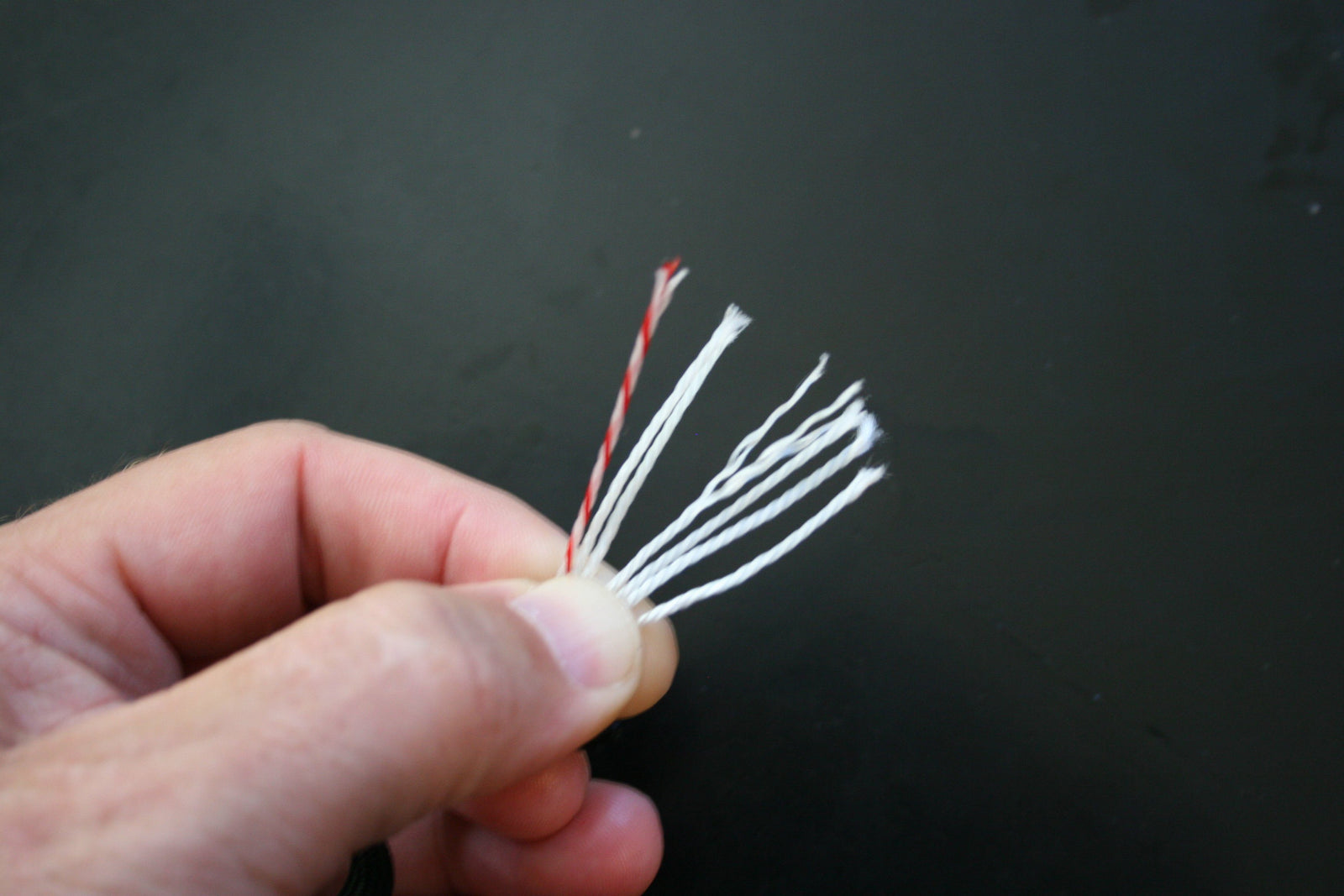






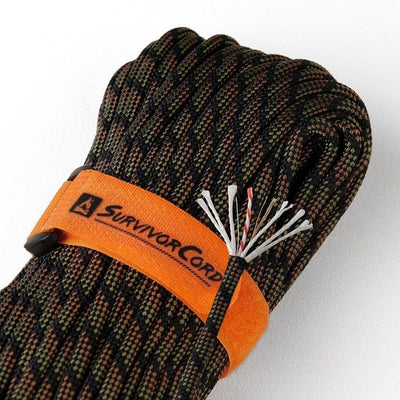
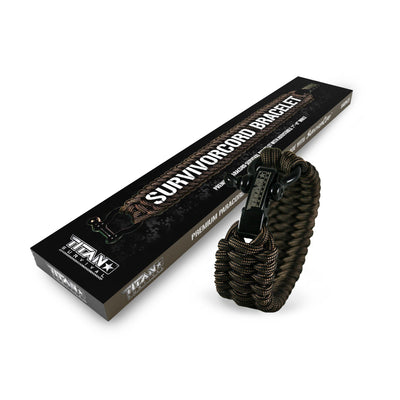


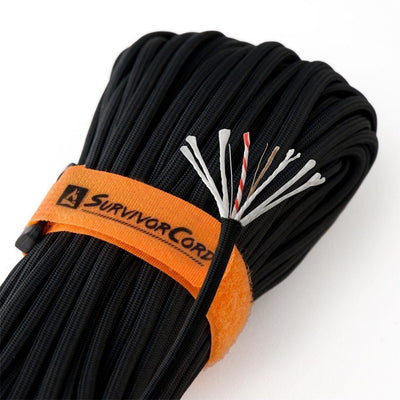
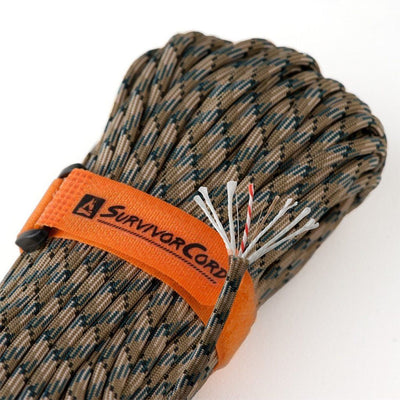
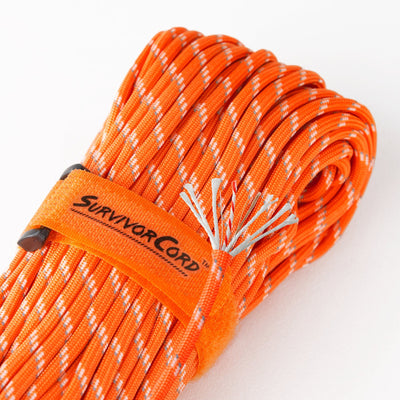
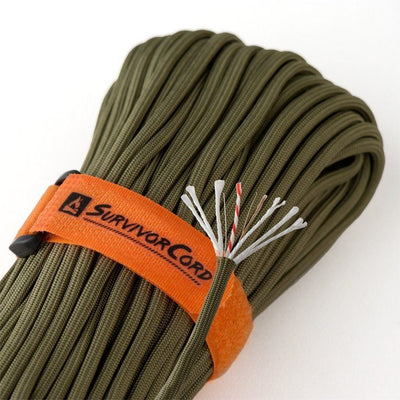
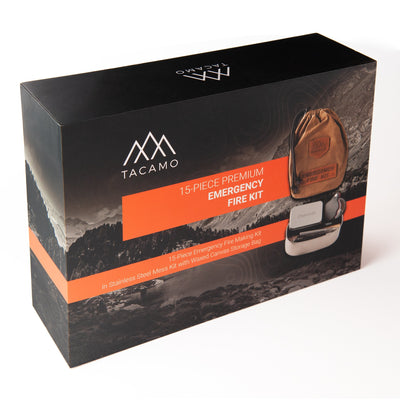
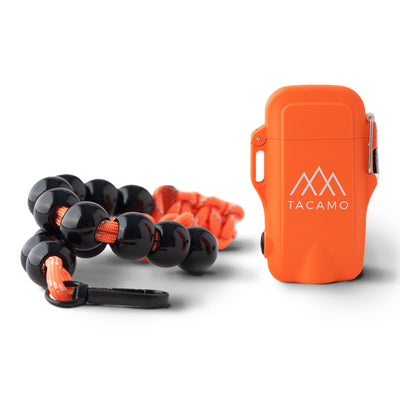
Nino from Tbilisi, Georgia
April 30, 2024
Very informative, useful and nicely worded. Most of those plants grow in my country, so good to know :) Thank you Michaela, much appreciated